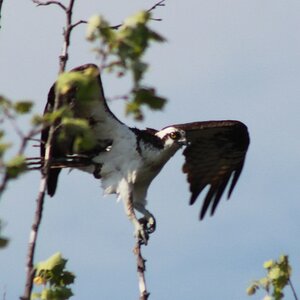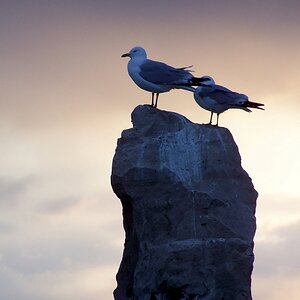Innocence
TPF Noob!
- Joined
- Sep 17, 2006
- Messages
- 140
- Reaction score
- 0
I have heard time and again different things but I came to my own conclusion that:
A APS-C(? 1.6x or 1.5x crops) literally crop the field of view - but does not do anything regarding magnification. [1]
But I hear many many experienced shooters say that crops are better if you want more reach. [2]
I completely rejected [2] based on [1].
Now.
I have just then thought of something else.
The crops give a higher erm - forgive my bad terminology but - pixel density within the same frame compared to a FF when cropped.
Which means that the person with the FF would have to zoom in, or step closer to get the same FOV as on the crop with the same resolution.
Thus, I have now decided to reject [1] in favour of [2] because it seems that it does "bring things closer" if you think about it. (since the FF would have to zoom or walk in further towards the subject)
And I know that there are quite a few followers of each view here, so thought I'd share and ask for help. :heart:
Note [2] doesn't really say anything about the increased "reach" or maginification but purely by the above argument would it be wrong to conclude that they are one and the same?
I surely hope I haven't lost anyone. :mrgreen:
Haha, after so much thought, I want the answer - and the reasoning behind it, preferably with lots of equations haha. (jk about last bit).
A APS-C(? 1.6x or 1.5x crops) literally crop the field of view - but does not do anything regarding magnification. [1]
But I hear many many experienced shooters say that crops are better if you want more reach. [2]
I completely rejected [2] based on [1].
Now.
I have just then thought of something else.
The crops give a higher erm - forgive my bad terminology but - pixel density within the same frame compared to a FF when cropped.
Which means that the person with the FF would have to zoom in, or step closer to get the same FOV as on the crop with the same resolution.
Thus, I have now decided to reject [1] in favour of [2] because it seems that it does "bring things closer" if you think about it. (since the FF would have to zoom or walk in further towards the subject)
And I know that there are quite a few followers of each view here, so thought I'd share and ask for help. :heart:
Note [2] doesn't really say anything about the increased "reach" or maginification but purely by the above argument would it be wrong to conclude that they are one and the same?
I surely hope I haven't lost anyone. :mrgreen:
Haha, after so much thought, I want the answer - and the reasoning behind it, preferably with lots of equations haha. (jk about last bit).



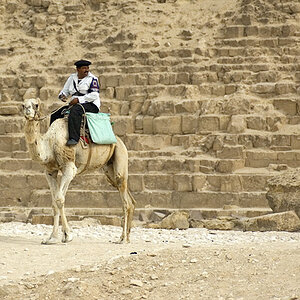
![[No title]](/data/xfmg/thumbnail/33/33490-cbbf9df0a1c31291ee7a3759afe943cc.jpg?1619736003)

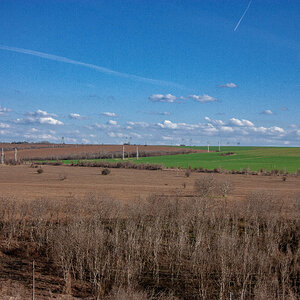
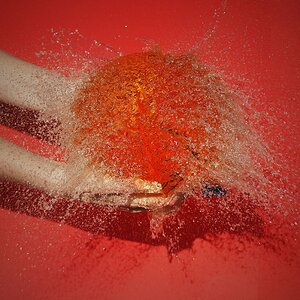
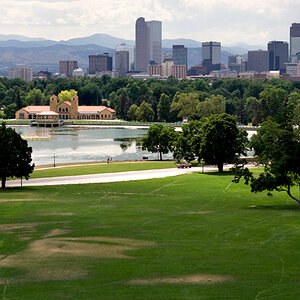
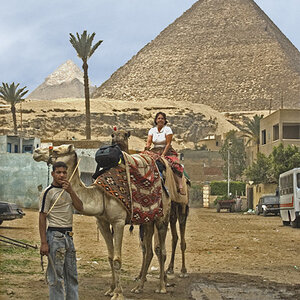
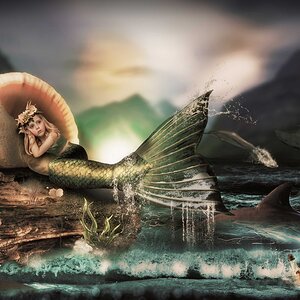
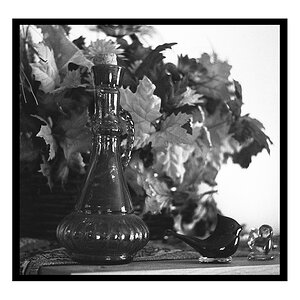
![[No title]](/data/xfmg/thumbnail/36/36303-10b1a386a9a00cf90fb7605d2d2c48c1.jpg?1619737497)
